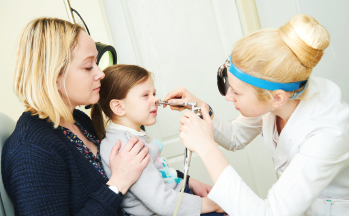As evidence linking hearing loss to cognitive decline mounts, researchers and clinicians are starting to explore whether automated, self-administered cognitive screening tests should be added to routine workups of patients seen in busy otolaryngology practices.







